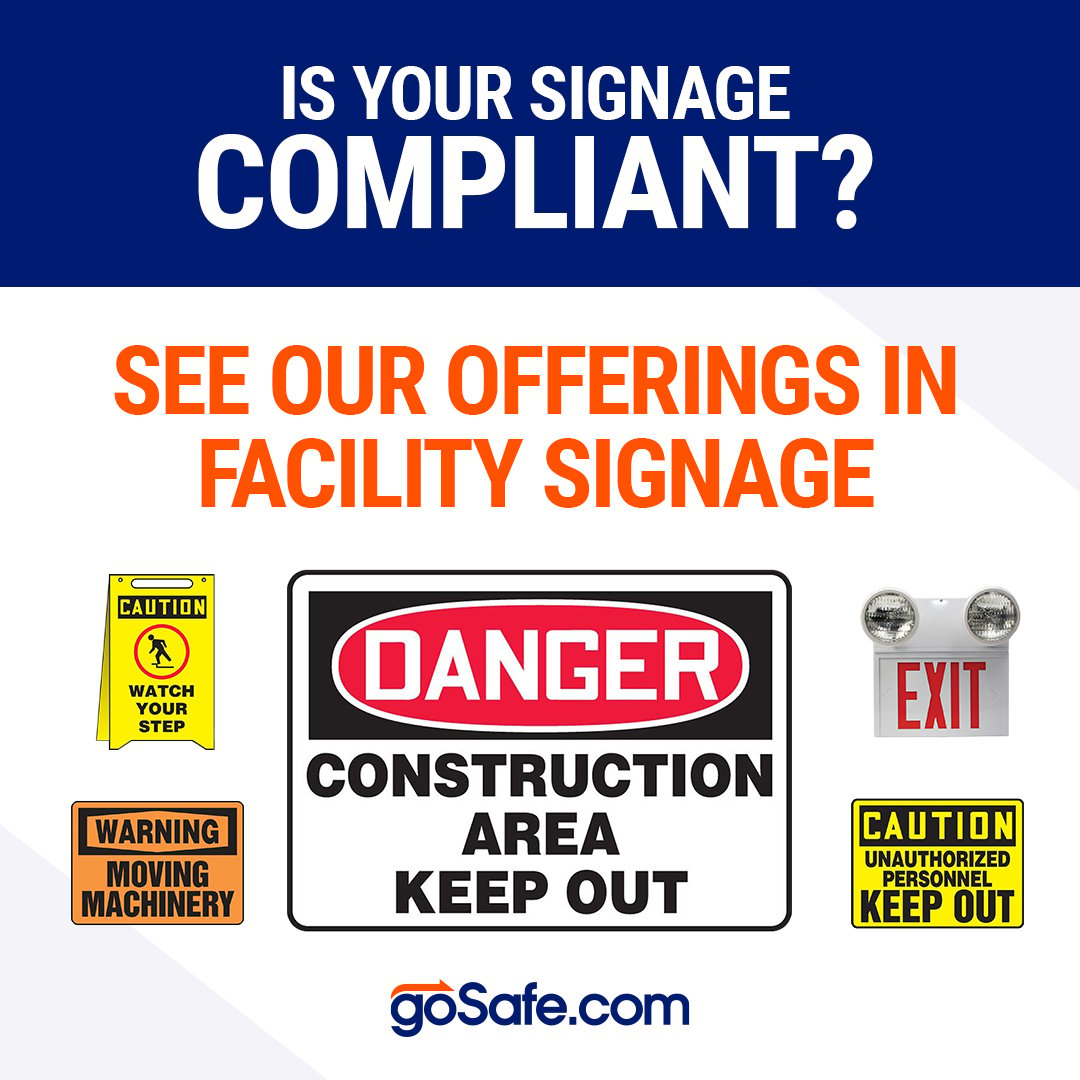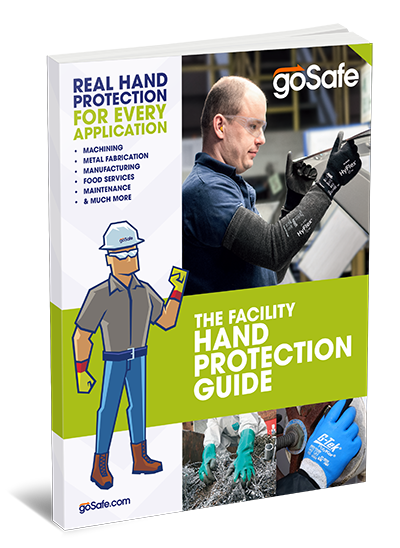Safety is 30 percent common sense, 80 percent compliance and the rest is good luck...
-Barry Spud
Safety is a factor in almost everything we do. Whether participating in an activity for fun or for work, precautions are usually taken. We use seat belts, and wear gloves and goggles. We put up warning signs, lights and alarms. This consideration for safety isn’t just out of the goodness of our hearts, it is also, in most cases, out of respect for the law.
The federal government has a responsibility to help protect laborers, workers and employees that work for any company in the United States. In order to accomplish this, they created the Occupational Safety and Health Administration (OSHA). And a thread that runs throughout the regulations created by OSHA is one that emphasizes the use of tape, barriers and barricades to protect workers from dangerous areas. In some situations, these three tools of safety can be used interchangeably. In some situations, they can’t. The guide below will help you identify when and where you need to use the appropriate tool:
Barriers
Barriers are the ultimate safety mechanism. While in some cases they can be climbed over; they are obvious hurdles to moving forward, making it clear that pedestrians and vehicles need to either turn around or find an alternate route. These large pieces of material can be constructed from plastic, metal or concrete and are the most expensive of the three safety options in this guide.
While barriers might be the most expensive solution, they are also generally the most effective. Tapes and barricades are effective with vehicles, but pedestrians can easily step over, under, or beside them with little effort. With barriers, it is made clear to pedestrians that a certain area is absolutely off-limits, guaranteeing the most effective safety precautions possible.
The use of barriers has been added to several OSHA sections, including the following:
Public Roads
When work is being done on public roads, barriers should be:
…considered in any procedure for assuring worker safety
…[used when] separating opposing traffic on a two-way roadway that is normally divided
…placed beyond the transition area channelizing devices along the centerline and the adjacent lane. [When only the left lane on undivided roads is closed]
Machinery And Machine Guarding
When machinery is being used:
…one or more methods of machine guarding shall be provided to protect the operator and other employees in the machine area from hazards such as those created by point of operation, ingoing nip points, rotating parts, flying chips and sparks. Examples of guarding methods are barrier guards.
Electrical Hazards
When electrical hazards are present:
…protective barriers or insulating materials shall be used to protect each employee from shock, burns or other electrical related injuries during those times an employee is working near exposed energized parts in order to protect against accidental contact or dangerous electric heating or arcing. When normally enclosed live parts are exposed for maintenance or repair, they shall be guarded to protect unqualified persons from contact with the live parts.
To find barriers that suit your needs, please click here.
Barricades
Barricades serve as a slightly more portable and affordable alternative to barriers. While they are easy for pedestrians to by-pass, they serve as both a perfect blockade for vehicles and a sufficient warning for workers. The top of these structures often include reflective material, so that they are easily visible to cars and trucks when they are approaching. Use of this material also increases visibility to individuals who may be working close to the unsafe or hazardous area. OSHA encourages the use of barricades in a variety of instances, including:
Walking-Working Surfaces
To protect employees from falls on walking surfaces:
…the employer must ensure each employee on a walking working surface that is 4 feet (1.2 m) or more above a lower level is protected from falling by barricading the area into which objects could fall, employer must prohibit employees from entering the barricaded area and keep objects far enough from an edge or opening to prevent them from falling to a lower level.
Physical Hazards
When physical hazards are present in a work environment:
Red lights shall be provided at barricades and at temporary obstructions.
Electrical Hazards
When electrical hazards are present in a work environment:
Barricades shall be used in conjunction with safety signs where necessary, to prevent or limit employee access to work areas that expose employees to uninsulated energized conductors or circuit parts. Conductive barricades may not be used where they might cause an electrical contact hazard.
To find barricades that will suit your needs, please click here.
Solid Marking Tapes
Solid marking tape is the most affordable safety precaution available. It is perfect for very temporary situations, such as an open hole that will quickly be filled or an electrical worksite that is temporary in nature. Once the temporary situation is solved, it can be thrown out without any significant loss to the budget or the hassle of taking up storage space.
The convenient aspect of solid marking tape is that it comes in different colors, which can represent various hazards; whether physical, electrical, chemical, or other. This color-coding makes a work environment safer and more efficient, as messages are more easily transmitted, visual searches are sped up, important information is emphasized and essential associations are shown. The following color codes are the most typical:
- Yellow and black stripe: Physical or health hazards
- Black and white stripe: Clearance for operational purposes
- Red and white stripe: Clearance for safety or compliance reasons
- Photo-luminescent: Identification of egress routes in case of power outage
- Red: Red tag, rework, scrap and defects area
- Orange: Products or materials held for inspection
- Black/Green/Blue: Work-in-progress and finished goods
- White: Equipment and fixtures
- Yellow: Traffic lanes, work cells and aisle ways
The tape can also be a helpful addition to both barriers and barricades. It can be used to connect the gaps between a circle of barricades or it can be used to provide a more attention-getting color; while also informing workers of the type of hazard that lies beyond the structures. OSHA recommends the use of solid marking tapes in the following circumstances:
Walking-Working Surfaces
To protect employees from falls on walking surfaces:
The employer must ensure that the perimeter of the designated area is delineated with a warning line consisting of tape.
To find solid marking tapes that will suit your needs, click here.








